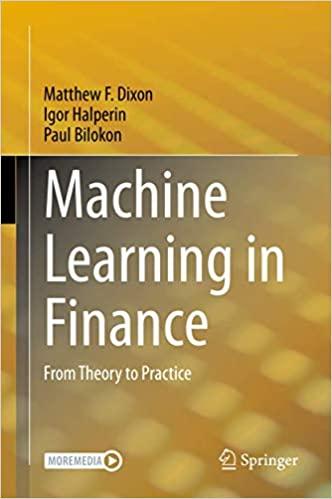
e a table for the following scenario; an extension of Hawk-Dove. Let's call it a Mixed strategy. In this case the plaver picks Hawk with probabilitv p and dove with probability 1- p. So we have H,D, M. Consider H versus M. When M plays H, the payoff for both is (G-C)2 and when M plays D, the payoff for H is G and for M is 0. So this means that when H plays M, the average payoff for H is p(G-C)2 + G(1-2). The payoff for M is p(G - C)/2 + (1 - p)0. Based on this idea, fill in the rest of the table or payoffs. When D plays M, it is also easy. The hard case is when M plays M. There are 4 different scenarios, (H, H), (H, D), (D, H), (D, D) with probabilities, p,p(1-p), (1-p)p, (1-p)2 respectively. So this will yield the payoff for M playing M. Now, suppose that G - 1 and C-2. As we saw in class, for just HD, there is no pure strategy that is a Nash equilibrium. Can you find a p so that the M strategy is the Nash equilibrium? Note that this strategy will not be a strict Nash equilibrium Instead, it is a strategy in which the payoff does not increase if you switch; it stays the same. More generally, show that for C > G, the value of the probability is p G/C e a table for the following scenario; an extension of Hawk-Dove. Let's call it a Mixed strategy. In this case the plaver picks Hawk with probabilitv p and dove with probability 1- p. So we have H,D, M. Consider H versus M. When M plays H, the payoff for both is (G-C)2 and when M plays D, the payoff for H is G and for M is 0. So this means that when H plays M, the average payoff for H is p(G-C)2 + G(1-2). The payoff for M is p(G - C)/2 + (1 - p)0. Based on this idea, fill in the rest of the table or payoffs. When D plays M, it is also easy. The hard case is when M plays M. There are 4 different scenarios, (H, H), (H, D), (D, H), (D, D) with probabilities, p,p(1-p), (1-p)p, (1-p)2 respectively. So this will yield the payoff for M playing M. Now, suppose that G - 1 and C-2. As we saw in class, for just HD, there is no pure strategy that is a Nash equilibrium. Can you find a p so that the M strategy is the Nash equilibrium? Note that this strategy will not be a strict Nash equilibrium Instead, it is a strategy in which the payoff does not increase if you switch; it stays the same. More generally, show that for C > G, the value of the probability is p G/C







